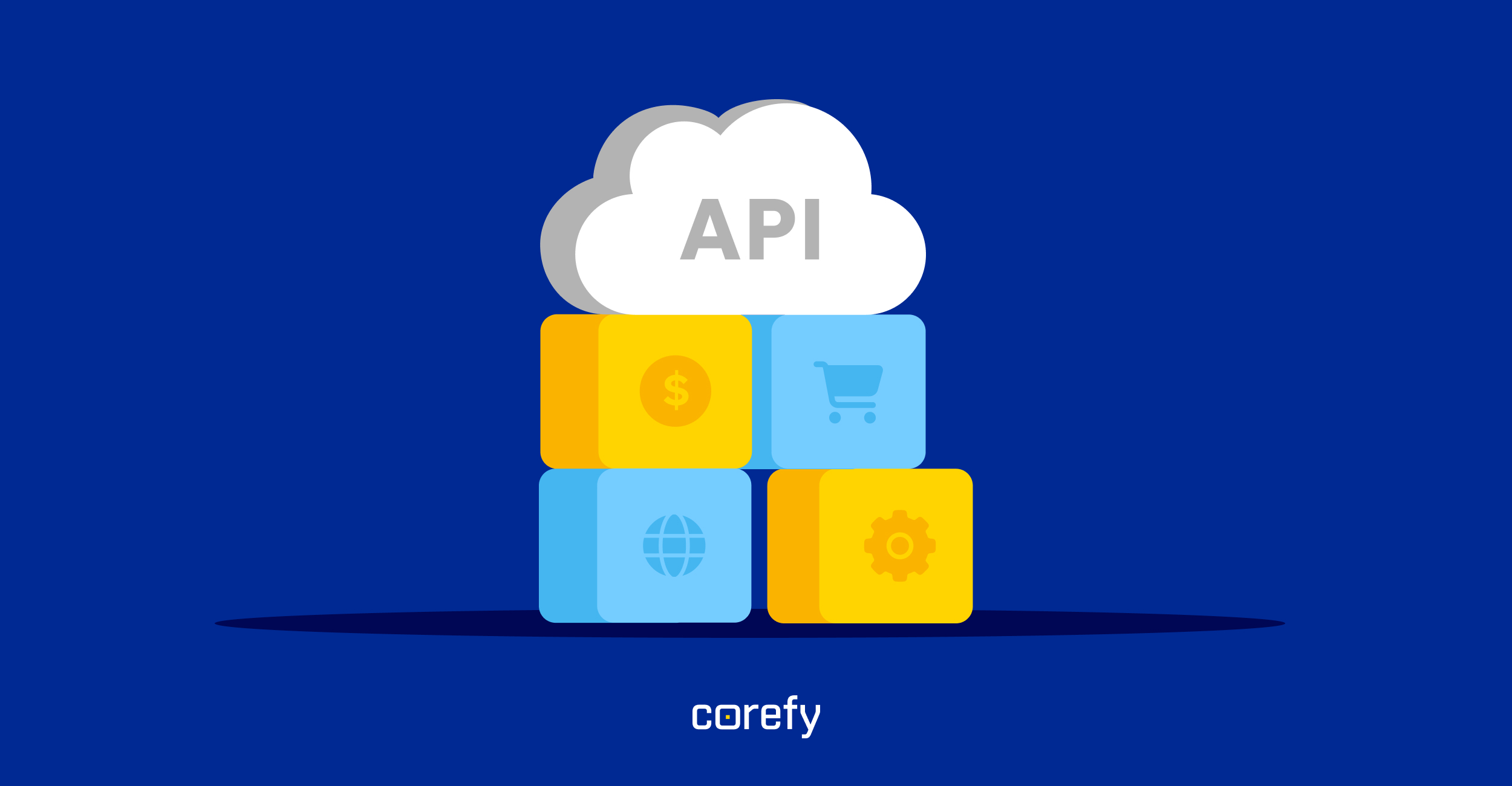Juniper Research estimated that online payment fraud losses could exceed $38 billion in 2023, with these numbers growing every year. Fraudsters are constantly evolving their tactics, while businesses often settle for a minimal set of security tools.
The only way for merchants to detect and prevent fraud before it happens is to become proactive in their approach. The good news is that fraud management technologies are advancing and can offer you the best protection possible. Let's discuss the key components of a perfect fraud prevention system and how our Firewall may come in handy.
Payment fraud types in brief
The first step in fighting fraud is to recognise your enemy. Let’s get to know the widespread payment fraud types.
Credit card fraud
Stealing credit card information is the most common type of payment fraud. Various methods exist for criminals to get hold of someone's card numbers, including phishing emails or creating fake websites.
Examples of credit card fraud include unauthorised use of someone else's card, making unapproved withdrawals, and creating fraudulent cards using stolen information.
Phishing
Phishing attacks often target businesses because companies tend to collect more sensitive data about their customers than individuals do. In the most common phishing scenario, cybercriminals create websites that look like legitimate financial institutions or government agencies. They then send emails or make phone calls that claim to be from those organisations, directing people to visit the fake site and enter their personal information, such as bank account numbers, credit cards, or Social Security numbers.
Malware and ransomware
Malware and ransomware attacks pose significant threats to organisations' payment systems. Malicious software can infiltrate an organisation's network, compromise payment data, or directly manipulate transactions. Ransomware attacks can lock down an organisation's systems until a ransom is paid, causing immense financial and reputational damage.
Card skimming
Card skimming involves the unauthorised collection of payment card information at physical payment terminals, ATMs, or online checkout pages. Cybercriminals employ various techniques, such as installing skimming devices or creating malicious websites, to gather this data. These stolen card details can then be used to execute fraudulent transactions or sell on the dark web.
The purpose of payment fraud management
Payment fraud management strategies are designed to prevent such fraud from occurring. It’s an ongoing process of collecting and analysing information to detect fraud patterns, investigate suspected fraudulent activity, and take corrective actions when applicable.
There are several fraud management strategies that any business can use:
- Adding additional security layers
- Expanding the verification process
- Educating customers about potential risks
- Implementing advanced fraud detection tools
But the best bet is a multi-layered approach where you combine multiple tools and processes to protect yourself.
Fraud prevention system components
When it comes to building an antifraud system, you can either use internal resources and build your own solution or trust a third-party provider to protect your payments. Alternatively, you can combine internal and external resources that complement each other.
But what exactly should a payment fraud prevention system do? What features should it have? And how can you build one yourself?
An effective fraud prevention system consists of the following components:
Data analytics
Data analytics can help you identify suspicious transactions before they become losses. It helps you to detect anomalies in transaction patterns, identify likely fraudulent activity through behavioural analysis, and monitor external risk factors that may trigger fraudsters.
Rule engine
Rule engines are used to make decisions based on a set of input data, which could be bank card credentials, IP addresses, or other information. For example, you can create a rule that says "If the IP address has been flagged as fraudulent by our payment processor, do not allow this transaction." You can also block a particular country, card, BIN, etc. The rules can be customised for each merchant or each business unit within a merchant's organisation.
Scoring system
The scoring system is a way of assigning points to the characteristics of a transaction. It evaluates every transaction according to specific parameters and adds or deducts points respectively. The system then blocks or processes the transaction based on its final score. The higher the score, the greater the risk of fraud. The scoring system is based on historical data analysis.
Blocklisting
Blocklisting prevents transactions that match certain criteria from being processed. For example, if you have a customer who has made several fraudulent payments in the past, you can add them to your blocklist so that all payments from that customer are rejected.
Machine learning/AI
ML/AI algorithms utilise vast amounts of data to detect patterns and anomalies that might indicate fraudulent activity. This approach differs from traditional rule-based systems, which rely on pre-determined rules and thresholds to flag suspicious transactions. By analysing historical data and transaction patterns, the algorithms classify normal transactions versus those that are likely to be fraudulent.
How Corefy’s Firewall helps overcome security threats
Protecting your business from fraud is more than just installing antifraud software. It's an ongoing, time-consuming, and often costly process that requires a comprehensive approach. Another stumbling block is finding an antifraud system that is reliable, cost-effective and fits your business needs.
Understanding the challenges that most merchants face, we developed Firewall – a customisable multi-level antifraud solution which determines whether to process transactions based on rules you set.
.jpg)
How does it work?
The Firewall evaluates each incoming and outgoing transaction in real time based on various attributes, such as customer IP, transaction amount and currency, merchant account ID, card-issuing country, customer metadata, and many more. You are free to add as many rules as you want and use different types of blocklists that can be automatically replenished and cleared.
Let’s consider an example.
Suppose you’re a gambling platform. A gambler registers on your platform and tries to make a deposit. Our processing engine aggregates all transaction data and sends it to Firewall. Through the decision tree and rule set you have in place, the Firewall performs a thorough check. In case the cardholder's data does not match the information of the gambler in your customer database or if there is a mismatch in the device fingerprints between the payer and the gambler, the transaction is identified as potentially fraudulent and will be declined.
Additionally, you have the option to add this gambler to a specific list for further automatic checks or automatic declines.
But there’s more! Our Firewall can use external services for additional information or decision-making. If you already work with such a service (for example, MaxMind or Sift.com), you can use its sanction lists and decision rules.
Build your own antifraud strategy that is fully manageable and scalable to meet your business needs.




.jpg)

.jpg)
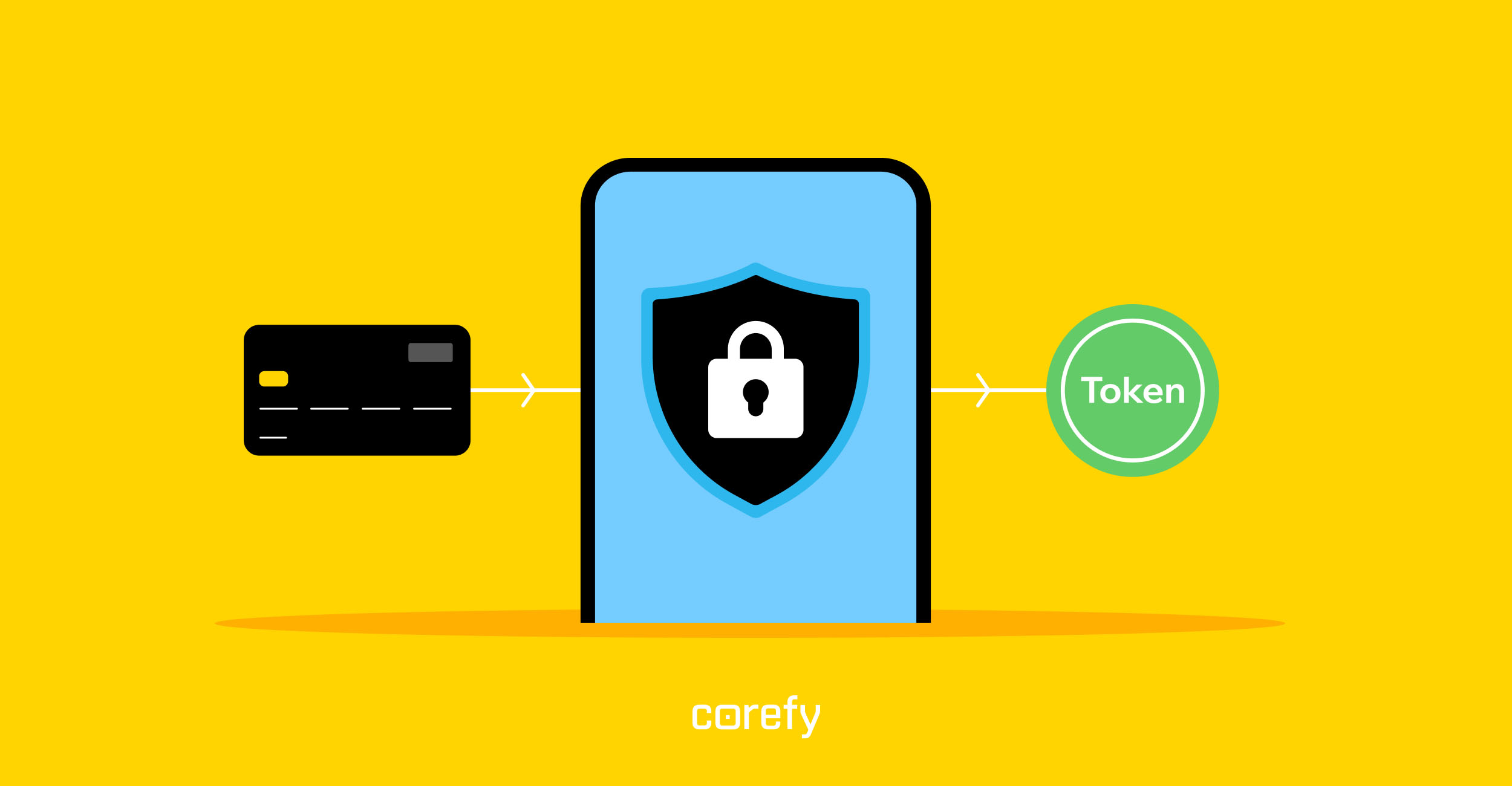
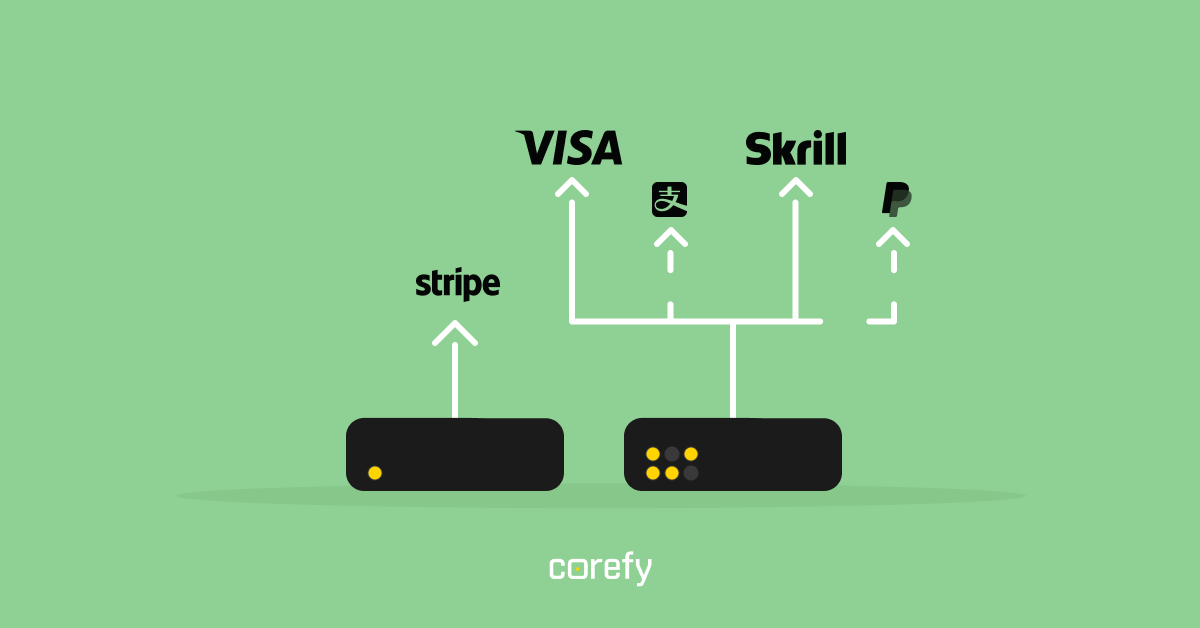
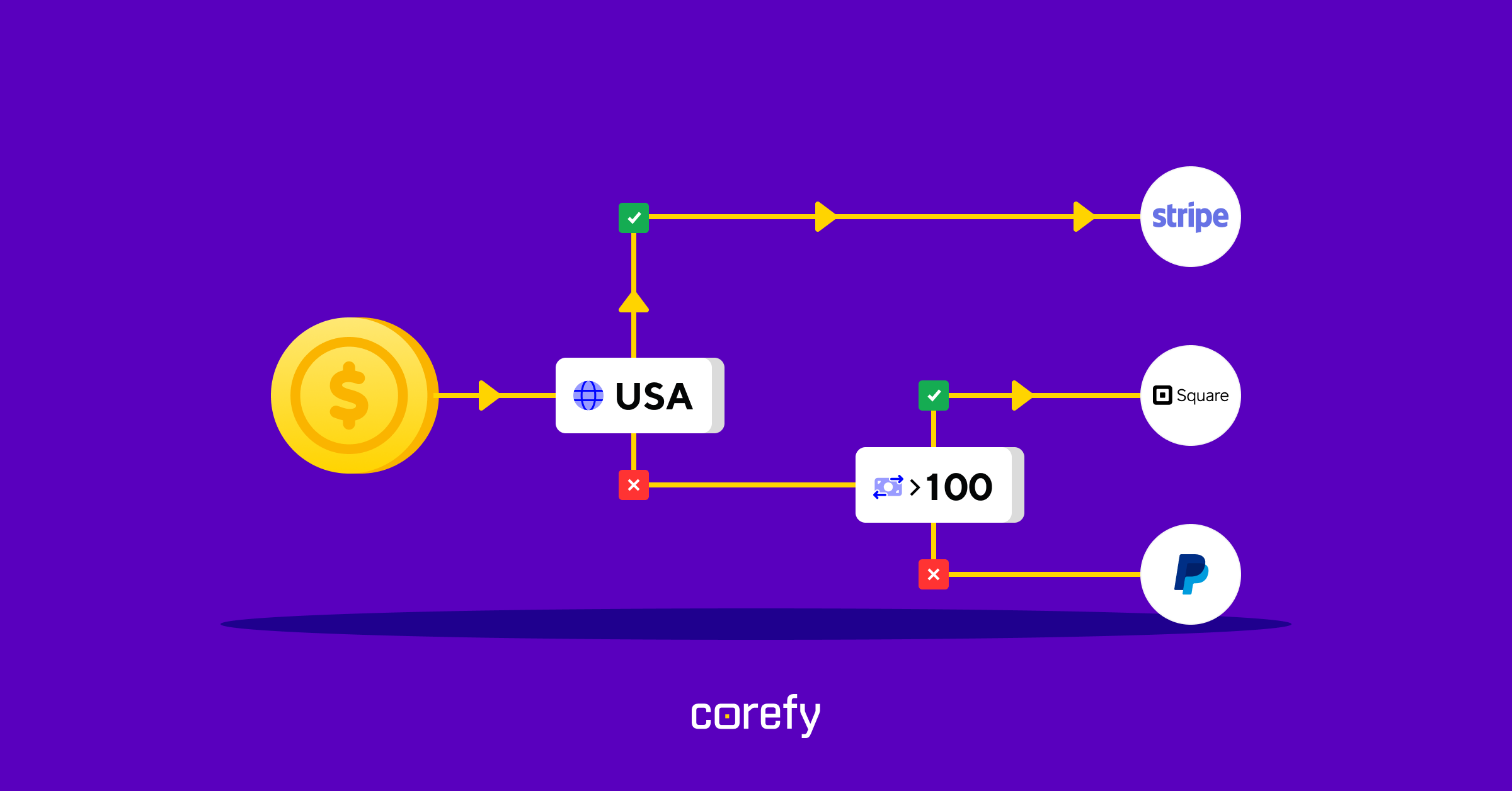
.jpg)
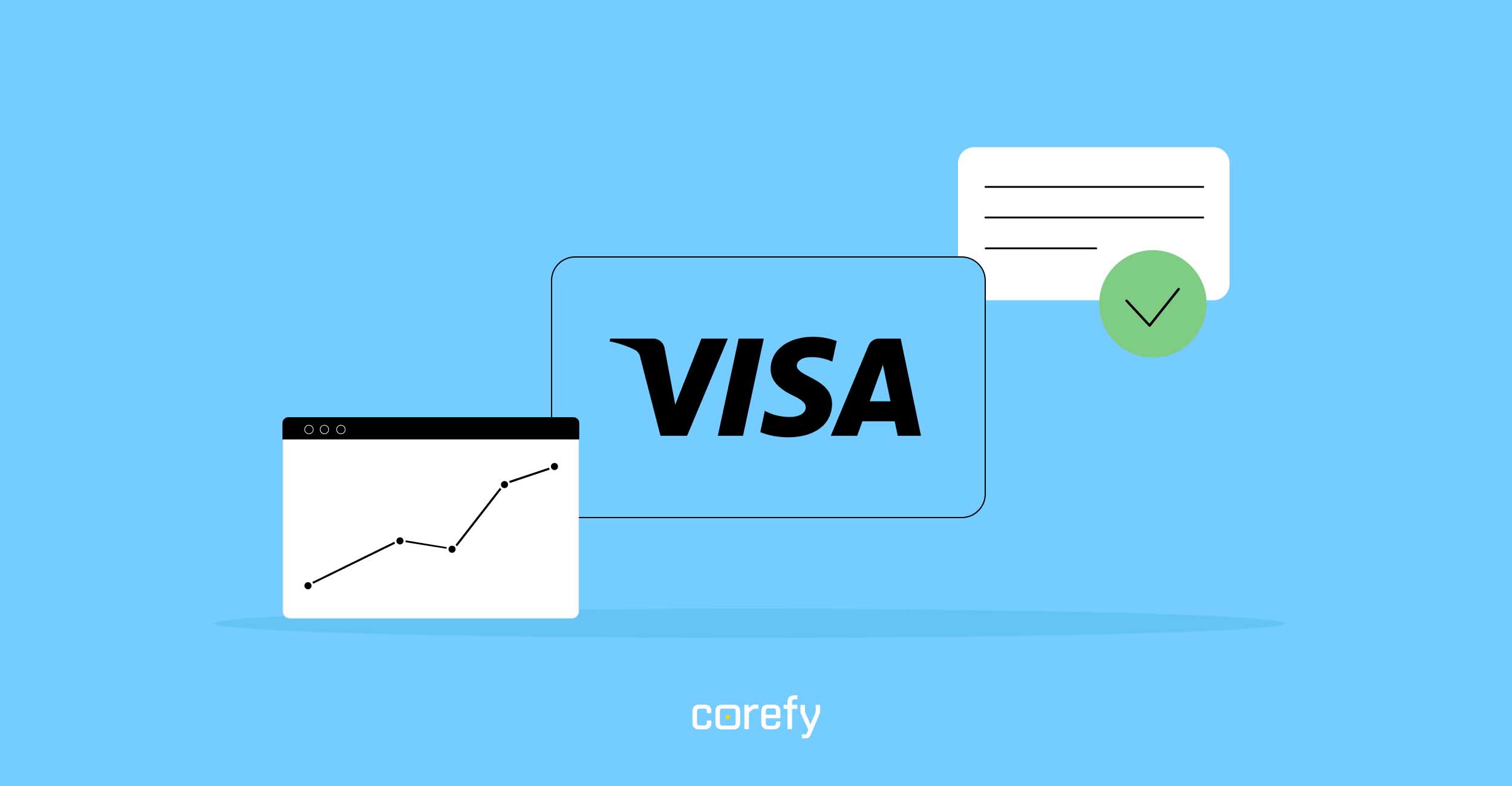
.jpg)
